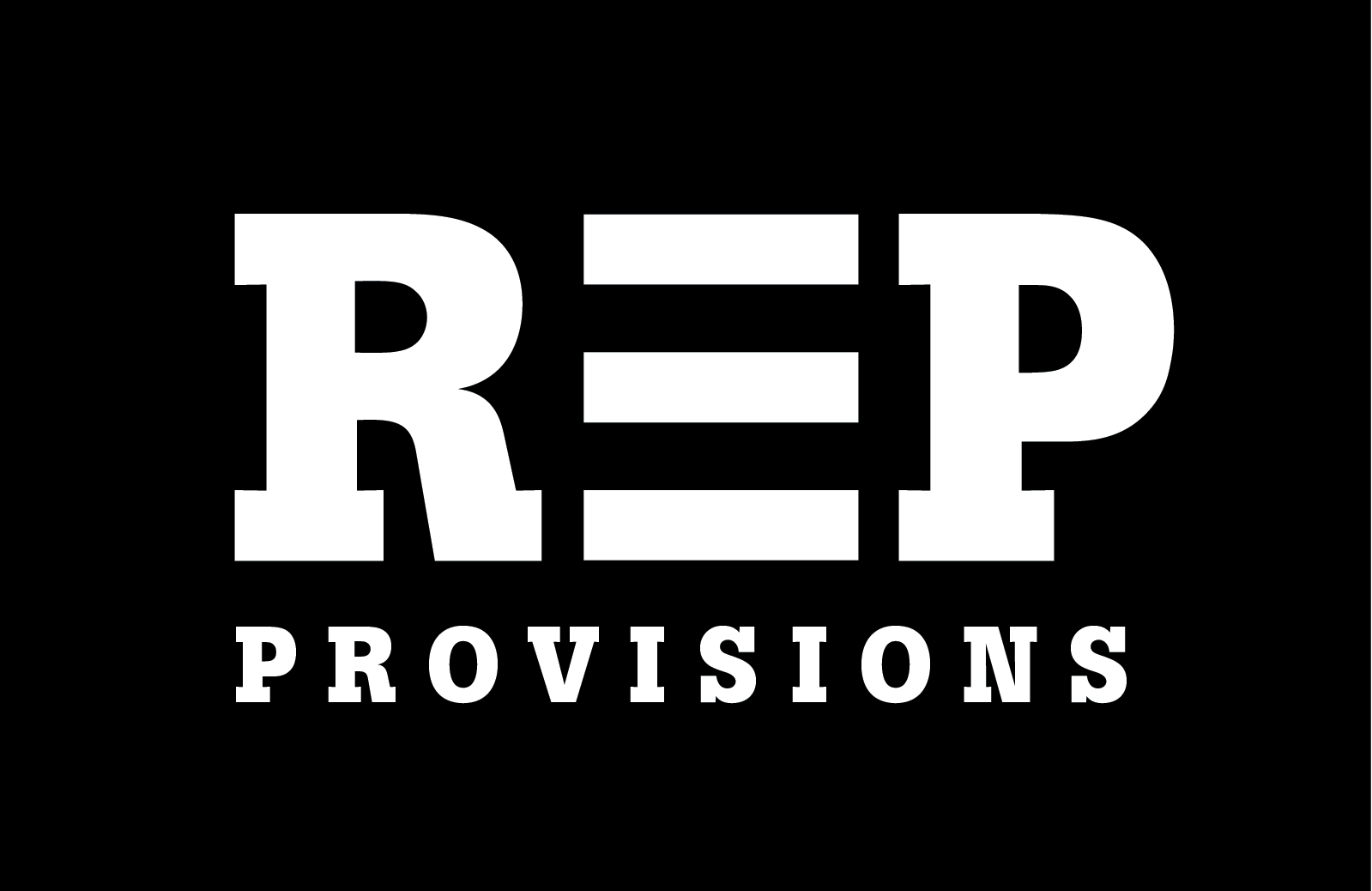Regenerative is Collaboration.
Over the years, REP Provisions and Nose to Tail have shared a common commitment to regenerative agriculture. Our paths have been an intertwining journey dedicated to education and the promotion of high-quality, nutrient-dense foods. Driven by our shared mission, we are excited to continue down this road together. By purchasing fresh/frozen meats from REP you are supporting both organizations in the regenerative push to change our nation's food system and leave the world better than we found it.
Welcome to REP Provisions.
Why Regenerative Matters.
Soil is where the health of our entire system begins. Regenerative agriculture feeds soil microbes, soil feeds plants, plants feed livestock, and this exchange continues up the food chain all the way to us humans.
It’s no coincidence that as our soils have been depleted, so have the amounts of vitamins, nutrients, and minerals in your food. In fact, the food that you’re eating today is far less nutritious than it was 50 years ago. While you may be consuming more calories, your body is starving for proper nutrition.
Beyond the health of your body, restoring our soils offers a proven solution to some of the greatest systemic issues facing humanity today. Healthy soils sequester carbon, impact the quality of our air and water, mitigate the effects of flooding and drought, as well as contribute to a more resilient food system in the face of climate change.
We are positively impacting over 15,000 acres of grassland through our regenerative farmer network.
Regeneration is rooted deep in our souls and humbly reminds us that our efforts are much larger than ourselves. We owe this effort to the generations that look up to us, and, the ones that come long after we are gone.
Regenerative FAQs
Regenerative Agriculture is a conservation and rehabilitation approach to farming and food production. To put it simply, it’s a way of raising animals that benefit nature and improve the land they live on. We believe that happy prairies are the key to healthy people and we are doing everything we can to make sure they stay that way.
Regenerative agriculture focuses on: topsoil regeneration, increasing biodiversity, carbon sequestration, improving water-cycles, and ecological restoration. GO A LITTLE DEEPER.
Regenerative meat is simply meat that was raised by farmers using holistic practices on land that is regenerating and becoming healthier over time. The term "regenerative meat" is more about how the animals were raised and how the land was managed than about the meat itself.
Regenerative agriculture describes holistic farming systems that, among other benefits, improve water and air quality, enhance ecosystem biodiversity, produce nutrient-dense food, and store carbon to help mitigate the effects of climate change.
At REP we are also seeing that these changes create better tasting food with higher nutrient-densities. The product is more flavorful and it's better for you. Our beef was tested by Michigan State University and has some incredible benefits.
Grass-finished comes from animals that ate nothing but grass and forage for their entire lives. Grass-fed, on the other hand, may be used to label meat from animals that were started on a grass diet but have either received supplemental grain feed or are finished on a fully grain-based diet. Grass-fed does not mean that the animal spent any time in a pasture, they could have been fed hay in a feedlot. 100% Grass-fed is NOT the same as grass-finished and pasture-raised. Our beef is 100% Grass Fed and grass finished, raised on pasture their entire lives.
Rotational grazing is the practice of containing and moving animals through pasture to improve soil, plant, and animal health.
Only one portion of pasture is grazed at a time while the remainder of the pasture “rests.” To accomplish this, pastures are subdivided into smaller areas, referred to as paddocks, and livestock are moved from one paddock to another.
Resting grazed paddocks allows forage plants to recover and deepen their root systems.
Through photosynthesis healthy grassland ecosystems remove carbon from the atmosphere and store in the soil (where it belongs!). In order to maximize the carbon sequestering capacity of these thriving grasslands the symbiotic presence of grazing animals is required. As a result when managed in nature’s image; cattle, bison and other ruminant animals have the ability to enrich a system that reverses climate change.









